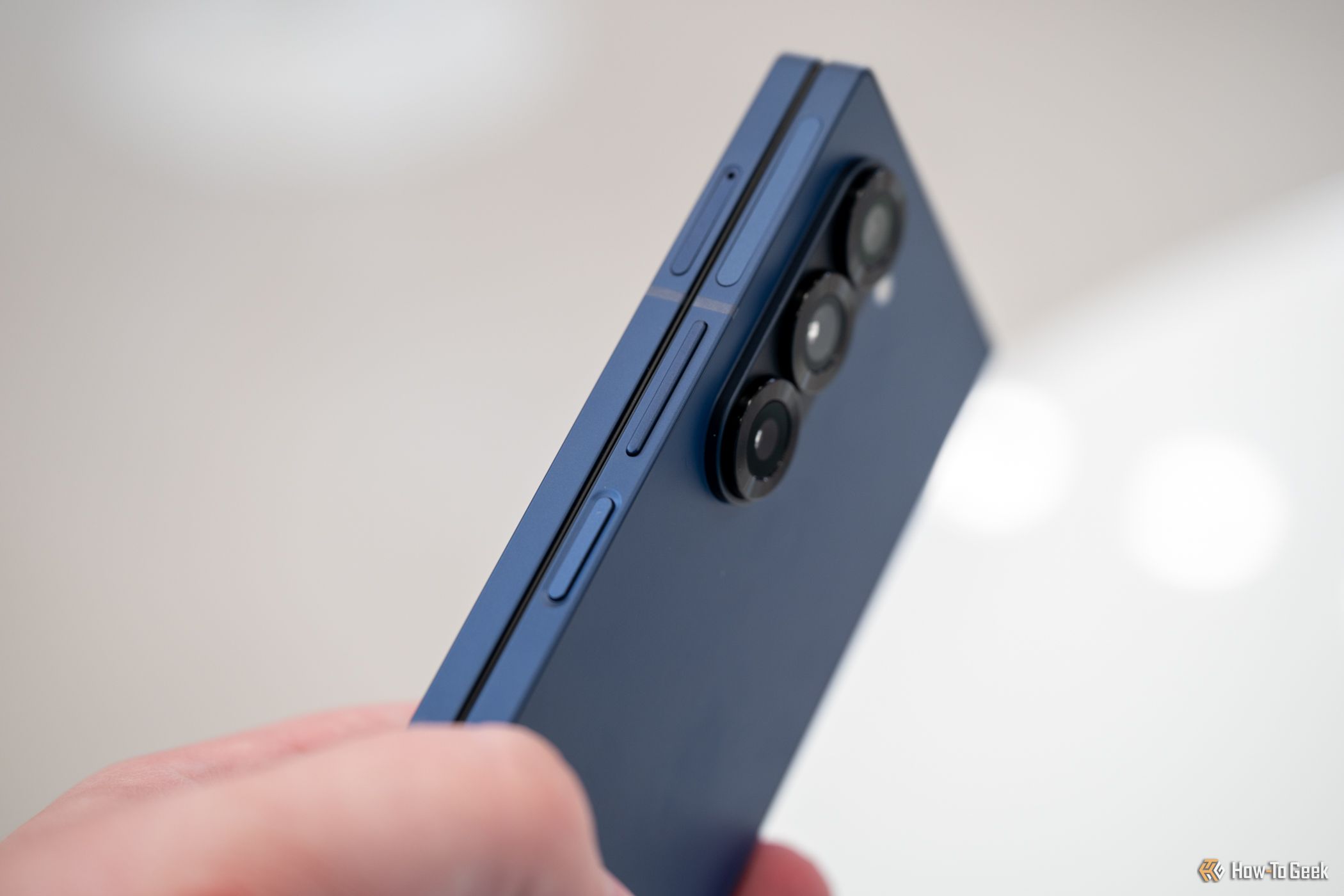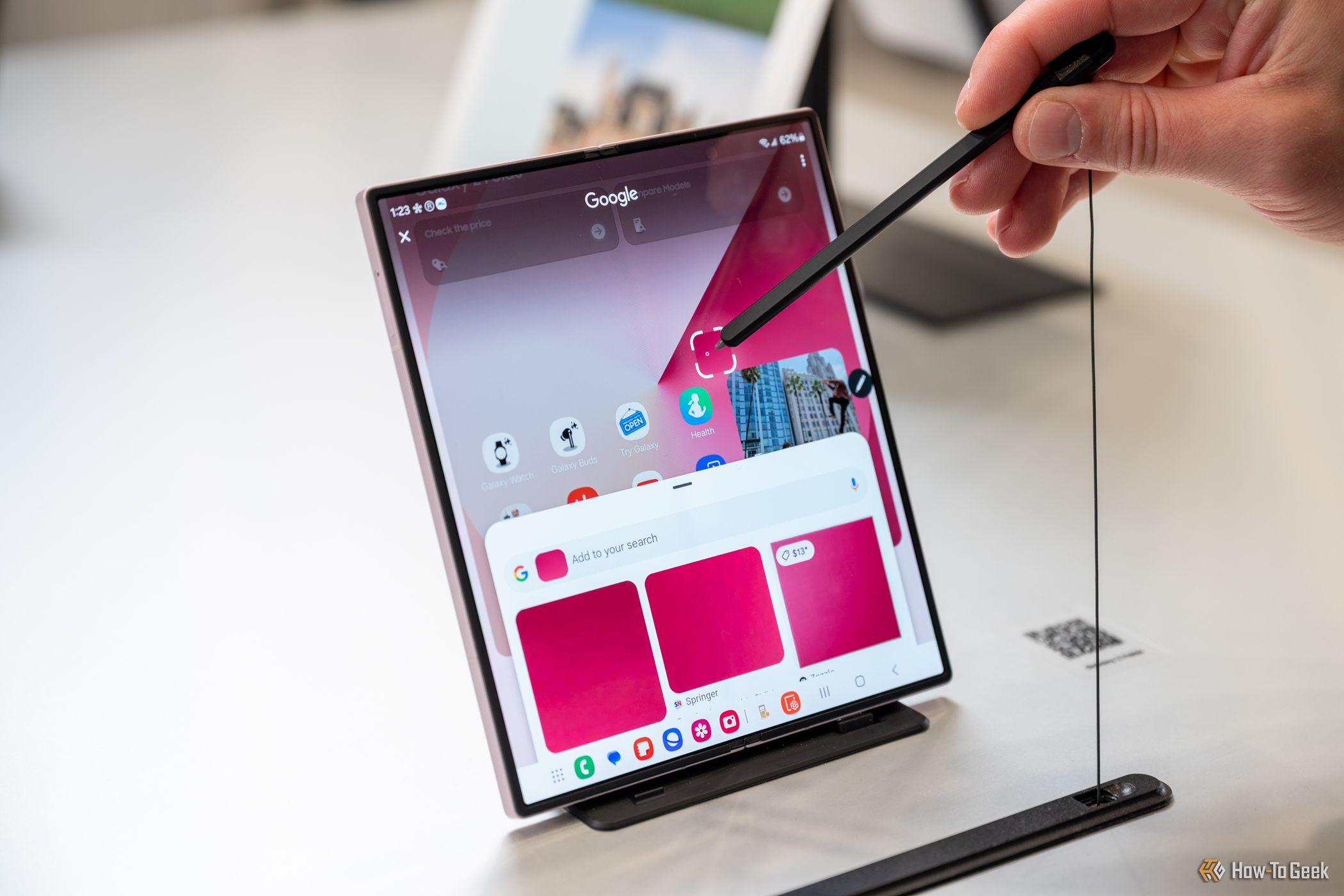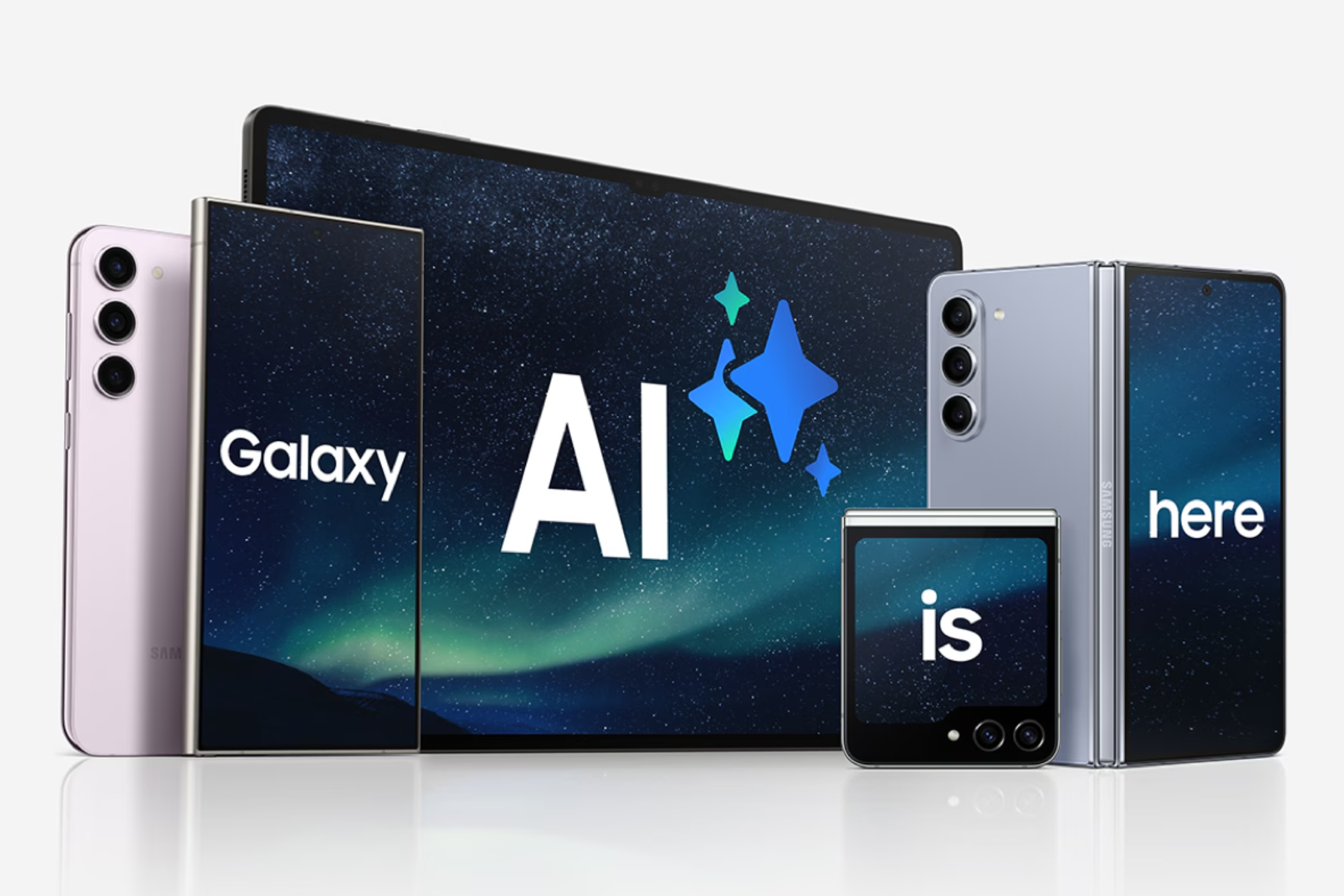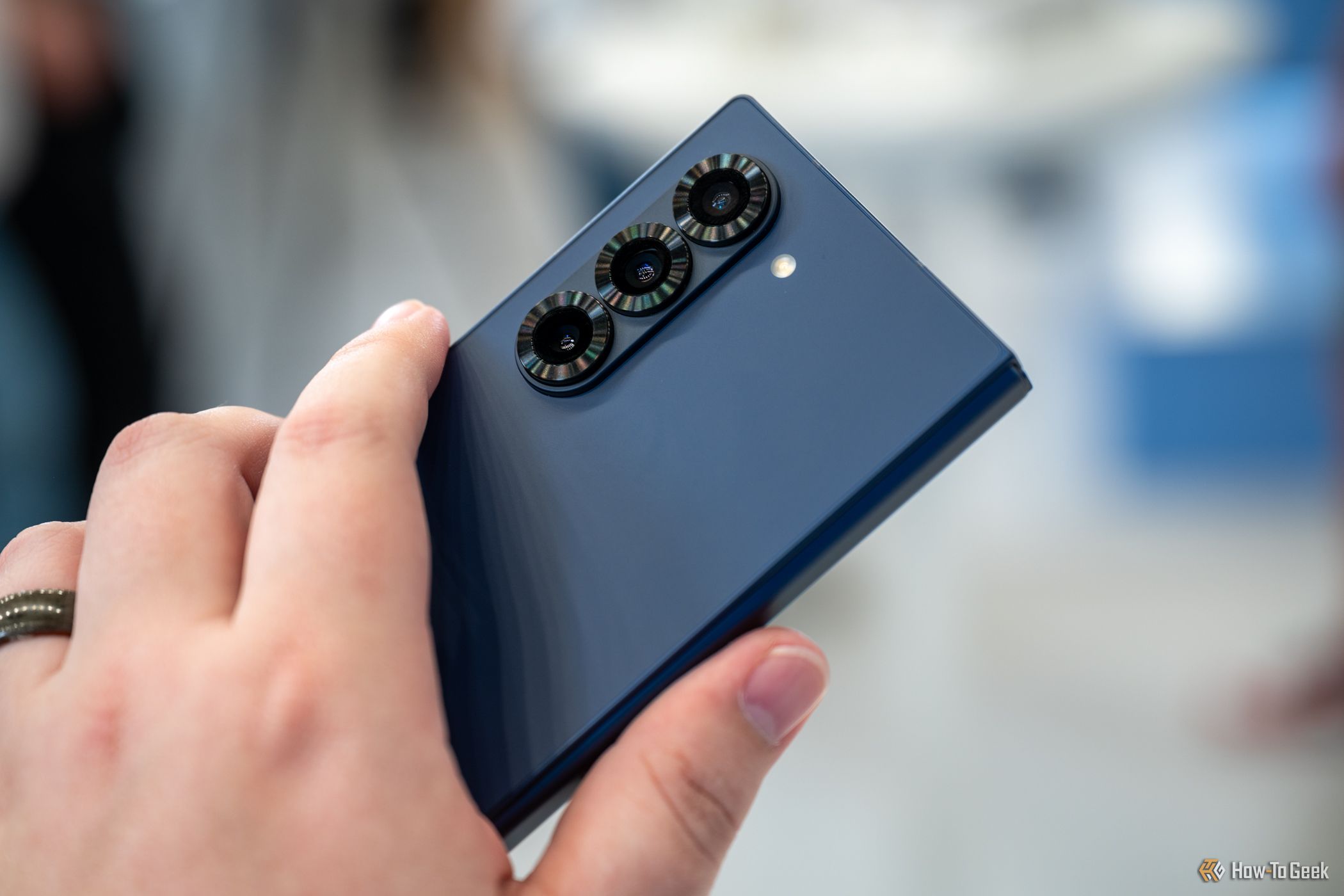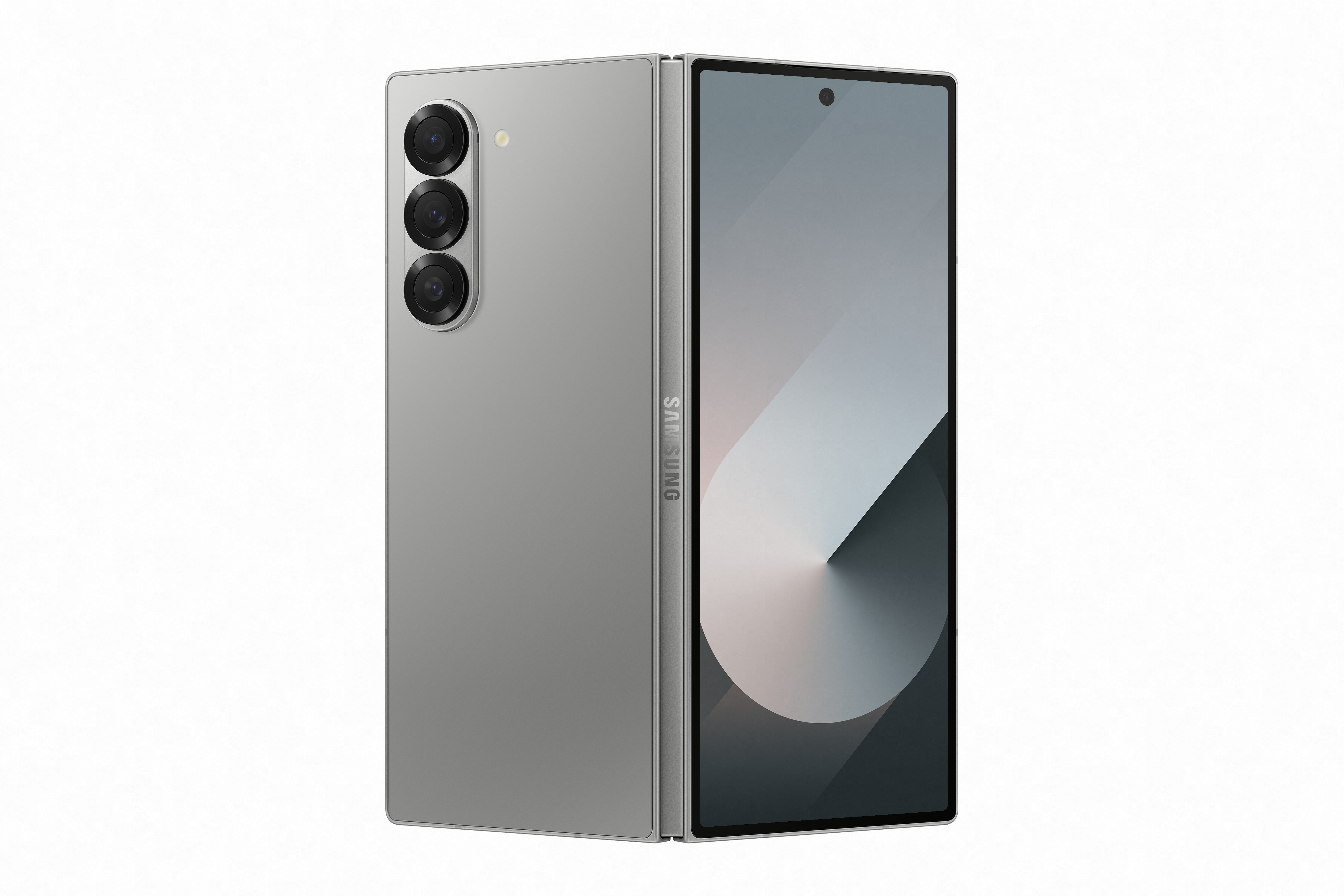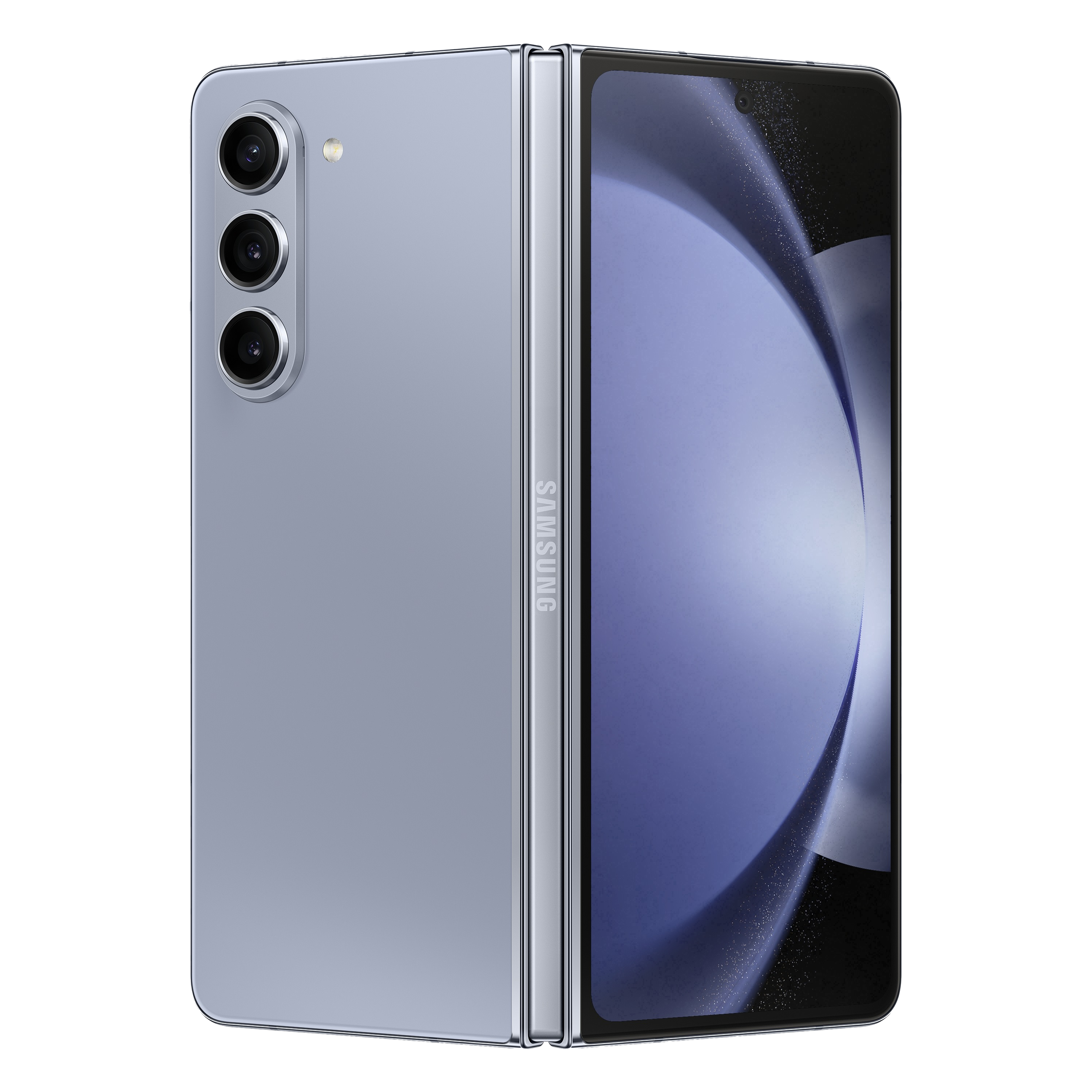Key Takeaways
- The Galaxy Z Fold 6 starts at $1,899.99 for the 256GB storage variant, which is $100 more than the Galaxy Z Fold 5.
- Compared to Fold 5, Fold 6 has a sleeker design, a lighter chassis, and a more square-ish form factor.
- Although the Fold 6 houses the new Snapdragon 8 Gen 3 SoC, it features the same camera sensors and battery as the Fold 5.
At the Unpacked event in July, Samsung unveiled one of the most anticipated book-style foldable smartphones: the Galaxy Z Fold 6. While the phone does come with a handful of upgrades, like a lighter chassis, a more powerful processor, and the new Galaxy AI features, are those enough for you to upgrade from your Fold 5? Let’s find out.
Price & Availability
Like last year, the Galaxy Z Fold 6 is available in three configurations. The baseline variant with 256GB of storage costs $1,899.99, while the 512GB variant costs $2,109.99. The 1TB variant sells for $2,259.99; all are marked up by $100. The retail pricing makes the Fold 6 one of the most expensive smartphones money can buy, which might not be all that good, especially since other manufacturers like Google, OnePlus, Vivo, and Xiaomi are catching up.
The Fold 5’s price range is slightly lower than that of the Fold 6. For instance, you can get the 256GB model for $1,799.99 or the 512GB model for $1,919.99. The top-tier Fold 5 with 1TB of storage is available for $2,159.99. These prices are still pretty steep, but with some luck, you can find Samsung 2023’s foldable for a discounted price.
While the Galaxy Z Fold 6 is available for pre-order through July 23, Samsung will start shipping the devices on July 24. After that, both phones will be available from the company’s exclusive store, website, and other leading retailers like Amazon and Best Buy.
The Galaxy Fold 6 Features a Wider Cover Screen And Lighter Chassis
Although Samsung’s Z Fold series has been doing well, buyers often complain about a few pain points. First, the tall and narrow cover screen isn’t as comfortable as a traditional smartphone. This became more prominent after the OnePlus Open and Pixel Fold arrived with their nearly perfect cover screen and a square-ish inner display. The bulky form factor isn’t one of the strongest suits of the Z Fold series either. With the competition launching thinner and lighter book-style foldables, Samsung had to catch up big time, and that is exactly what it has done with the Galaxy Z Fold 6.
Unlike the Fold 5, which measured 154.9 x 129.9 x 6.1mm when unfolded, the Fold 6 measures 153.5 x 132.6 x 5.6mm, making it slightly shorter and wider, and not to forget, thinner at the same time. Even when folded, the Fold 6 measures 153.5 x 68.1 x 12.2mm, making it 1.4 mm shorter, 1mm wider, and 1.2mm thinner than the Fold 5. With the change in dimensions, the Fold 6 now has a larger and broader cover screen of 6.3 inches (with an aspect ratio of 22.1:9) compared to the 6.2-inch external display (with an aspect ratio of 23:9) on the Fold 5. It’s not a stark development, but it does have an impact on the overall usability of the device, especially the cover screen.
With the launch of lighter foldables like the OnePlus Open (239.39 grams for the Voyager Black finish) or the Vivo X Fold3 Pro (236 grams), the Galaxy Z Fold series did start to feel a bit bulky. Acknowledging the competition, Samsung has managed to reduce the weight of its latest foldable by a good 13 grams. The Fold 6 weighs 239 grams, while Fold 5 weighs 253 grams. Purely from a portability perspective, the Fold 6 should feel lighter and easier to carry around, fit in pockets, slide in a bag, etc.
Besides being lighter and slightly wider than its predecessor, the Fold 6 comes in three primary colors: Navy, Pink, and Silver Shadow. Buyers can also get the phone in White and Crafted Black finishes if they purchase it from the Samsung Store. The Fold 5, on the other hand, is available in Phantom Black, Cream, Icy Blue, and, of course, the online exclusive finishes that include Gray and Blue.
What About the Inner and Outer Screen on the Fold 6?
The Fold 6 features a 6.3-inch Dynamic AMOLED 2X HD+ cover screen, which is only slightly larger than the Fold 5’s cover screen. As mentioned earlier, the former’s cover screen is wider and shorter than the latter’s; gripping it should feel more natural. Unfolding the smartphones, users will come across the main 7.6-inch Dynamic AMOLED 2X QXGA+ screen that supports S Pen (like the Fold 5).
All the screens support an adaptive refresh rate of up to 120Hz, like last year. However, both the screens on the Fold 6 can shine as bright as 2,600 nits (peak brightness), while the Fold 5 maxes out at 1,750 nits. Hence, using the new phone outdoors, especially under direct sunlight, would be much easier.
Galaxy Z Fold 6 Gets a Better IP Rating
Unlike the Fold 5’s IPX8 rating, the Fold 6 now ships with an IP48 rating, which is better than what most manufacturers offer for their current-generation foldables. An IP48 rating implies that the phone can withstand ingress of particles larger than 1mm (not the finer dust particles) and survive immersion in up to 1 meter of fresh water (for 30 minutes). Yes, even the Fold 5 came with that level of water resistance. However, giving credit where due, Samsung’s new foldables are the first to ship with a certified dust-resistance rating, which is a big step toward increasing their durability.
Speaking of durability, the Fold 6 features a new Dual Rail Hinge design that offers improved shock resistance. The updated hinge isn’t just twice as strong as the one on the Fold 5; it also reduces the crease’s visibility. The new design also helps the company reduce the hinge’s weight, making the Fold 6 more portable. Protecting the cover screen is Corning’s Gorilla Glass Victus 2. Moreover, the Korean tech giant has put in a lot of effort and resources to make the new foldable more durable. It may not be as sturdy as a regular slab-style smartphone like the S24 Ultra, but perhaps as robust as phones with a folding screen can get at the moment.
Snapdragon 8 Gen 3 vs. Snapdragon 8 Gen 2
Last year, Samsung’s flagships relied on Qualcomm’s Snapdragon 8 Gen 2, which doesn’t feel underpowered, even in 2024. However, with the Fold 6, buyers get the Snapdragon 8 Gen 3 SoC (4nm), which offers a significant upgrade over its predecessor, both in terms of raw performance and efficiency. Synthetic benchmarks like Antutu and Geekbench indicate a whopping 35% upgrade in performance (considering the overall Antutu score and multicore Geekbench score).
Even though both the contenders feature LPDDR5X RAM and UFS 4.0, the Fold 6 provides faster app loading times and better multitasking prowess. To maintain the optimum CPU and GPU temperature, the Fold 6 now ships with a vapor chamber that is 1.6x larger than that on the Fold 5. So whether it is extended gaming hours or hardcore content creation, the Galaxy Z Fold 6 should be able to handle it all.
Fold 6 Features the New Galaxy AI Features (For Now)
While the Fold 5 already supports a bunch of Galaxy AI features, the Fold 6 adds more. These include the new Sketch to Image feature, which allows users to convert rough sketches (made with the S Pen) into aesthetically pleasing drawings. Fold 6 owners can also use the feature to edit their images by simply drawing the elements they wish to add, and Galaxy AI will add those objects to the picture like they were there from the beginning.
The Note Assist feature in Samsung Notes now offers translation, summaries, and auto-formatting. Then, there’s PDF overlay translation, which can recognize the text in a PDF and translate it to another language. Samsung partnered with Google to integrate the latest Gemini app into the Fold 6. While these features are a part of One UI 6.1.1, the operating system that Fold 6 ships with, there’s a good chance that Samsung will introduce some of them, if not all, to the older flagships (including the Fold 5) via a software update.
What won’t expand to the Fold 5 is the promise to provide seven years of major operating system and security updates for the Fold 6
Fold 6 Features the Same Cameras as the Fold 5
While the Fold 6 does have some worthwhile upgrades, the cameras aren’t one of them (except the ultrawide sensor). Like the Fold 5, the Fold 6 ships with a 50MP (f/1.8, OIS) primary camera, a 12MP (f/2.2) ultrawide sensor, and a 10MP (f/2.4, OIS) telephoto sensor that provides 3x optical zoom. On the cover screen, users get a 10MP (f/2.2) selfie shooter, whereas the main screen houses a 4MP (f/1.8) under-display sensor (which still doesn’t come up to the mark of regular sensors).
The new 12MP ultrawide sensor on the Fold 6 can record 4K HDR videos at 60 fps, which could be significant for vloggers or content creators. Further, the sensor clicks brighter and more detailed images in low light (folks at CNET put it to test), but I suspect that’s more about the software than the hardware itself, as the camera’s aperture hasn’t increased. Though the Fold 6 has a familiar camera setup, Samsung aims to improve the overall image quality by integrating the ProVisual Engine that debuted with the Galaxy S24 series, including several AI-based features, including Auto Zoom.
Battery Life and Charging Speed Are No Upgrade Either
Unfortunately, there are no upgrades in the battery department. The Galaxy Z Fold 6, like the Fold 5, draws its power from a 4,400 mAh battery that supports 25W wired charging. However, since the new foldable runs on a more efficient Snapdragon 8 Gen 3 chip, the Fold 6 provides over three more hours of web browsing and half an hour of additional video streaming over the Fold 5, thanks to the tests conducted by Phone Arena.
Which Is Right for You?
Between the Galaxy Z Fold 6 and Fold 5, Fold 6 is a more complete foldable for several reasons. First, it has a more durable hinge, the backbone of the large 7.6-inch foldable screen. There’s an improved IP rating, a more powerful yet efficient processor, and a slightly better ultrawide camera. It’s like the company has fulfilled all the shortcomings of the Fold 5 and presented it as a new smartphone.
However, to answer the question of which is right for you, we’d have to consider your current smartphone. If you’re using an old Samsung foldable, like the Fold 3 or the Fold 4, upgrading to the Fold 6 will create a world of a difference, provided your budget allows. Consider trading in your old smartphone for an upfront discount.
However, if you already own the Fold 5, I don’t think the Fold 6 is worth upgrading. If you’re fine with how your smartphone is performing and don’t feel enticed by the new Galaxy AI features (which will make their way to older phones), there’s not much you’ll miss out on. Last but not least, if you’re considering purchasing your first Fold series smartphone, go with the one that fits your budget. With some luck, you can find the Galaxy Z Fold 5 at a discounted price of around $1,200.


